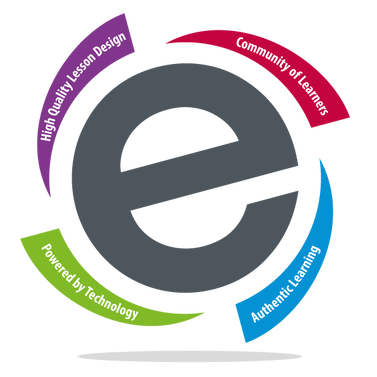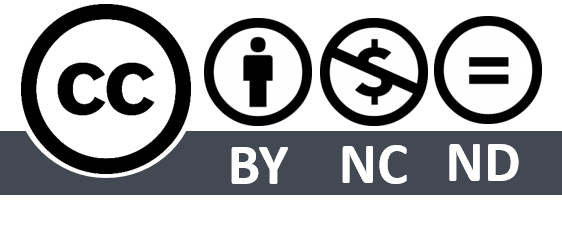Journey Summary
This session explores how to support student thinking through the use of scaffolds. During the session, you will examine levels of thinking, levels of technology integration in learning activities, instructional scaffolding, and how to support thinking and technology use, while you develop a scaffold for your classroom.
Curriculum-framing Questions
Essential Question
- How can we help every student learn?
Unit Questions
- How might scaffolding support cognition?
- How can the levels of technology used for an activity be enhanced through scaffolding?
Content Questions
- What is instructional scaffolding?
- Where can I find and how do I use effective scaffolds?
- What are cognitive and noncognitive skills?
- What are the levels of Bloom’s Taxonomy?
- What is SAMR and TPACK?

Introduction
One way we can support learners’ thinking is by examining and recording their ideas and questions. Creating different types of scaffolds for tasks can provide the levels of support students need to be successful. During the session, you will examine different types of scaffolding and create scaffolds for inquiry tasks. You will also take a look at the SAMR model of technology integration and consider both how technology supports scaffolding and how scaffolding might support technology integration. You will walk away with an understanding of how to help students learn to use these tools to support their thinking.
Theory Behind Practice
All eMINTS materials are grounded in research-based best practices in K-12 education.
Digging Deeper
Agenda
- Opener: Rebus Roundup
- Learning Domains
- Scaffolding
- Flashlight on SAMR
- Brain Break
- Scaffold Quick Reference
- Closer: Walk-Away Question

Classroom Visit w/Students
To follow up this session, it might be helpful to have your facilitator work with you to assist students in selecting the scaffolds they need to meet their needs and support their learning. Your facilitator might also model the use of various scaffolds to support higher levels of thinking, or model instruction that uses various levels of technology.
Classroom Visit w/out Students
During class visits without students, you and your facilitator might elect to collaborate on the development of scaffolding tools. You might also find it helpful to engage in planning conversations that support the enhancement of lessons / activities to reach for higher levels of Bloom’s. It might also be beneficial to engage in planning conversations that support the development of lessons and activities that integrate technology at varying levels, or to reflect on the level of Bloom’s / SAMR in a lesson or activity and consider possible future enhancements.
Agenda
This module is designed to be a “flipped” learning experience. You will complete two hours of work outside of the face-to-face session. Flipped learning experiences provide you with the flexibility to learn on your own time and then bring your newfound knowledge to the training session.
During the in-person training session, you will use the information you covered prior to the session to complete hands-on/minds-on activities.
After this session, you will use all of your knowledge to create an activity for your classroom that reflects constructivist principles. Find out more about Flipped Classrooms.

Before the Session
- Learning Domains
- Intro to Scaffolding
- Flashlight on SAMR
During the Session
- Opener: Rebus Roundup
- Scaffolding
- Flashlight on SAMR
- Scaffold Quick Reference
- Closer: Walk-Away Question
Classroom Visit w/Students
To follow up this session, it might be helpful to have your facilitator work with students to assist them in selecting the scaffolds they need to use to meet their needs and support their learning. Your facilitator might also model the use of various scaffolds to support higher levels of thinking, or model instruction that uses various levels of technology.
Classroom Visit w/out Students
During class visits without students, you and your facilitator might elect to collaborate on the development of scaffolding tools. You might also find it helpful to engage in planning conversations that support the enhancement of lessons / activities to reach for higher levels of Bloom’s. It might also be beneficial to engage in planning conversations that support the development of lessons and activities that integrate technology at varying levels, or to reflect on the level of Bloom’s / SAMR in a lesson or activity and consider possible future enhancements.

 Images Courtesy of
Images Courtesy of